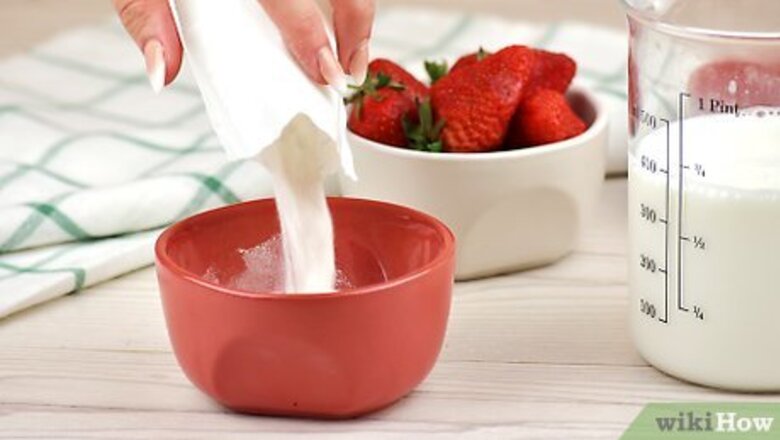
views
Preparing Agar Agar

Find agar agar and decide which form works best for you. Agar agar usually comes in 3 forms: powder, flakes, or a bar. All 3 work equally well; the real difference is ease of preparation. Powdered agar agar is usually the easiest to use, as it can be substituted for gelatin in a 1:1 ratio (1 teaspoon, or about 3 g, of gelatin is equivalent to 1 teaspoon, or about 2 g, of agar agar powder). The powder also dissolves more easily than flakes or bars. If you're not sure which type to use, default to the powdered agar agar. Agar bars are white, lightweight, and made of freeze-dried agar agar. They can be ground in a coffee or spice grinder so they dissolve more easily, or they can be broken up by hand. One bar is equivalent to 2 teaspoons (about 4 g) of agar powder. Agar agar flakes can also be ground in a coffee or spice grinder and are less concentrated than the powder. They are white and look a little like fish food. Two tablespoons (about 8 g) of agar agar flakes is roughly equivalent to 2 teaspoons of agar agar powder. Look for agar agar in natural food stores, Asian grocery stores, or online.
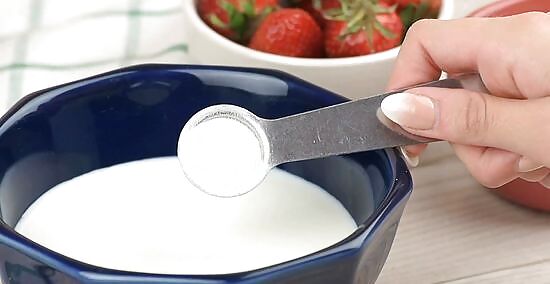
Add agar agar to the liquid and mix with a whisk. The firmness of the gel is determined by the amount of agar agar you add. If your recipe doesn't give you a measurement, you can follow this rule of thumb: to thicken 1 cup (0.24 L) of liquid, use 1 teaspoon (about 2 g) of agar agar powder, 1 tablespoon (4 g) of agar agar flakes, or 1/2 an agar agar bar. If you are substituting gelatin with agar agar, you can use the same amount of agar agar powder to thicken the recipe. Otherwise, for every 1 teaspoon (3 g) of gelatin you will need to use 1 tablespoon (4 g) of flakes or 1/2 bar. If you are trying to jellify a somewhat acidic liquid, such as those derived from citrus fruits or strawberry, you may need to add more agar agar. Some fruits are too acidic or contain enzymes that prevent gelling and must be broken down by being cooked first. These fruits include kiwi, pineapple, fresh figs, papaya, mango, and peaches. Using canned versions of these fruits will cut out the extra step of cooking them, since canned fruits have all been pre-cooked. You can also hydrate the agar agar in boiling water and then mix in the acidic liquid.

Bring the solution to a boil and allow it to simmer. The powder should simmer for about 5 minutes while the flakes and bars should take between 10-15 minutes. Stir the solution until the Agar is completely dissolved. This process will hydrate the Agar, which will allow it to jellify the liquid when it cools. Warm up the liquid as much as possible. One advantage of agar agar is that it begins to set at a higher temperature than gelatin, so it is a solid at room temperature or even when you warm it up. The liquid will begin to gel when it falls below 113 °F (45 °C). Because the addition of other ingredients may cause the temperature to drop and the agar agar to set before you are ready, getting the liquid as hot as you can will make it less likely to drop below 113 °F (45 °C) until you remove it from heat. If you are making an alcoholic gel, boil the agar agar with any juices or mixers first, then whisk the alcohol in at the very last moment. This will prevent the alcohol from evaporating.
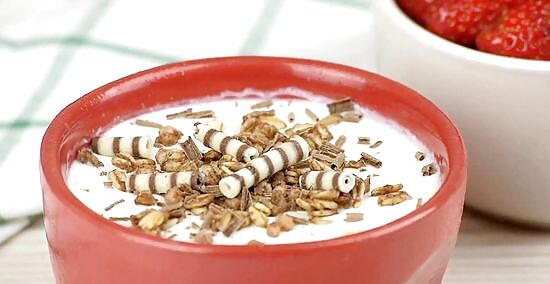
Pour the mixture into a mold or container and leave it out at room-temperature to gel. The mixture will begin to gel when it reaches 104–113 °F (40–45 °C) and will stay in this form as long as it stays below 175 °F (79 °C). You don't need to refrigerate the gel unless you want to serve it cool, so you can leave your dish sitting out at room-temperature without it melting or collapsing. If you're not sure if you used the right amount of agar agar, pour a small amount in a cold bowl to see if it firms up. If it doesn't set after 30 seconds, add more agar agar. If it's too firm for your liking, add more liquid. Don't stir or shake the agar agar jelly until it has completely set, or it will collapse. Don't grease, line, or oil the mold before pouring in the mixture. It should pop out of your mold just fine, and these things can actually affect how well your mixture gels. Unlike gelatin, you can melt the gelled mixture (if you wanted to add another ingredient, pour it into a different mold, add more agar agar to make the gel firmer or add more liquid to soften it), bring it to a boil again, then cool it again without compromising its gelling abilities.
Using Agar Agar in Cooking
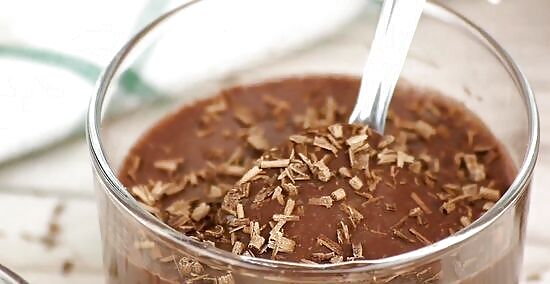
Make jelly candies by preparing agar agar with fruit juices or sweetened milk. Agar agar is tasteless and will take on the taste of whatever it is mixed with, giving you endless flavor possibilities. These candies will stay firm at room temperature, so you can leave them out in a little dish or bowl without worrying about them melting and making a mess. Try mixing agar with teas, juices, broth, coffee--anything that sounds tasty to you! Try boiling chocolate milk with agar agar powder, then adding a pinch of cinnamon. Pour it into little glasses to cool for a rich treat. Remember that certain acidic fruits may require extra steps, as their acidity or enzymes interfere with agar agar’s ability to gel. Pour the mixture in silicone molds in cute shapes. Then your jelly candies can look like stars, kittens, hearts, shells, or any other shapes you can find.

Make edible cocktails with agar agar. You can prepare little gelatinous shots for parties by boiling your mixers with agar agar. After allowing the mixture to simmer and the agar agar to dissolve and disperse, add the alcohol and stir. Pour the mixture into shot glasses or ice cube molds and allow them to set. Try mixing agar agar with the ingredients for a hot toddy and serve the cubes warm at holiday parties.
Use agar agar as a substitute for egg whites. If you have a recipe that calls for egg whites but you are vegan, allergic to eggs, or simply don't like them, agar agar is a suitable replacement. To replace one egg, mix 1 tablespoon (4 g) of agar agar powder in 1 tablespoon (15 mL) of water. Use an immersion blender or whisk to vigorously whip the mixture, then put it in the refrigerator to chill. Once the mixture is cool, take it out and whip it a second time. This mixture should perform the same function as egg whites in your baking and won't even alter the taste or color. Learn proper proportions for gelling. "I've messed up before using too much or too little agar agar when trying to make puddings. This article explains exactly how much powder, flakes, or bars you need to get the right consistency. I also didn't know you could reheat and tweak the firmness. Now I really understand how to use the proper amounts so my gelling turns out right." - Sonal A. Substitute for commercial products. "I want to try making my own elderberry jelly using agar agar instead of store-bought pectin. The article gave me confidence that agar will work great as a natural gelling agent for fruit juices like my elderberry juice. I'm excited to substitute this ingredient for commercial stuff." - Jake M. Discover an egg white replacement. "I was so surprised to learn you can use agar agar to replace egg whites in baking! Since I don't eat eggs, this opens up new possibilities for me in the kitchen. The instructions on whipping up agar powder and water to mimic whipped eggs are super helpful. I definitely want to try this substitution in some recipes." - Lynda S. Compare agar agar forms. "I needed to know how much agar agar flakes to use compared to the powder when adapting a recipe. This article clearly explained the right substitution ratios between the different forms. It also mentioned that some fruits, like mangoes and pineapple, react differently with agar agar. Having all this detailed info helps me use agar agar successfully every time." - Beatrice S. We want to hear from you! Advice from our readers makes our articles better. If you have a story you’d like to share, tell us here.
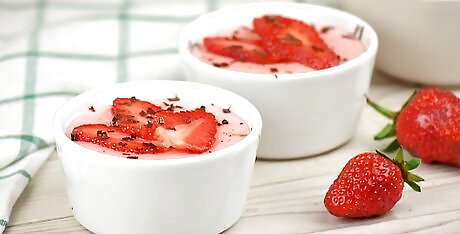
Make vegan puddings or custards with an agar agar fluid gel. Gelatinous desserts usually call for a lot of eggs for thickening and texture. Instead of eggs, try making a basic gelled mixture of agar agar and water, following the steps in method 1. Use a blender or an immersion blender to puree the gel until smooth. Mix this in with your other ingredients and you'll find you have a delicious, eggless dessert. If you want to thicken the pudding or custard, add a little xanthan gum. If you want to thin out the dessert, stir in a little water or another liquid.
Using Agar Agar for Health Purposes
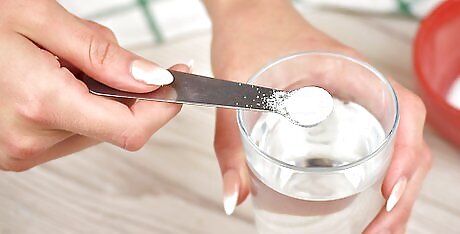
Use agar agar as an appetite suppressant. Agar agar expands in your stomach, which tricks you into thinking you are full. It's known as the "kanten diet" in Japan and is used by many to try and prevent them from eating too much. People with type 2 Diabetes who supplemented their diet with agar agar lost a significant amount of weight and improved their metabolism. It may also help stabilize blood sugar levels. Make sure you check with your doctor before embarking on this diet. Make snacks using agar agar to stay full throughout the day, or mix it into your meals so you stop eating sooner than you normally would. Be aware that agar agar can also stimulate your intestines and make you need to use the bathroom. Make sure you take agar agar with at least 8 fluid ounces (240 mL) of water, otherwise the agar agar can swell and possibly block your esophagus or intestines.
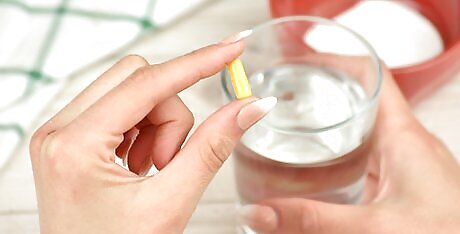
Use agar agar pills to stimulate bowel movements and act as a laxative. Agar is 80% fiber, so it can be helpful if you need to relieve constipation. It should never, however, be used when you have a bowel obstruction (a kink or blockage in your intestines that prevents you from passing gas or having a bowel movement), as this can make the obstruction much worse. If you have sudden, severe pain in your abdomen, swelling in your abdomen, and vomit or become nauseous, do not take agar agar. Call your doctor instead, as you may have a bowel obstruction. Make sure you take agar agar with enough water, at least 8 fluid ounces (240 mL), for it to work as a laxative.














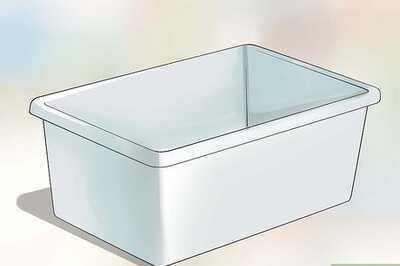




Comments
0 comment